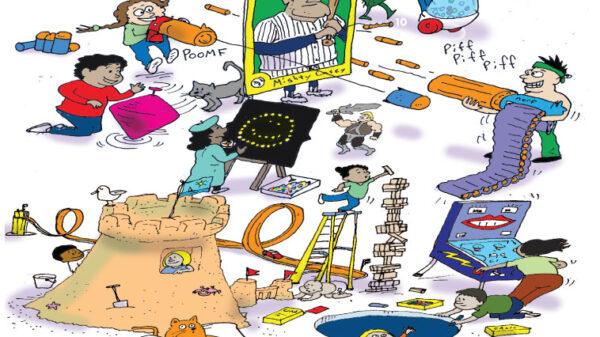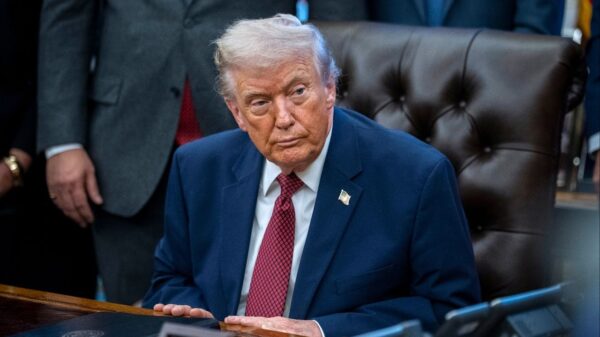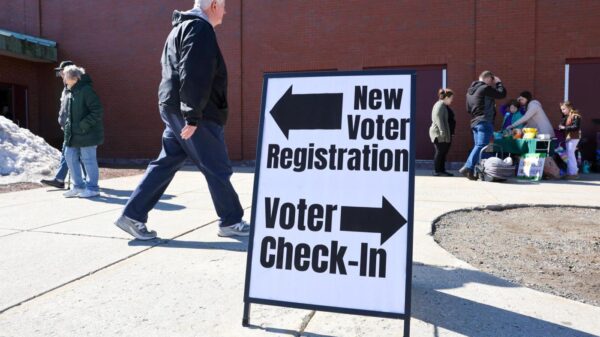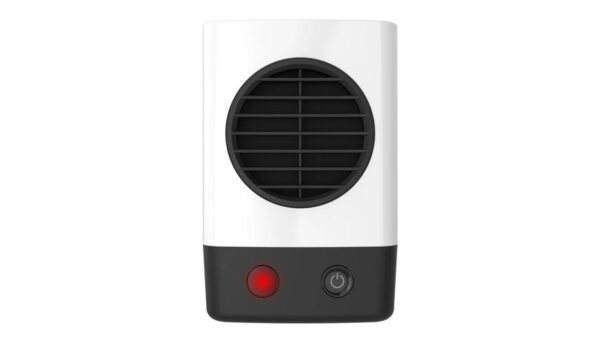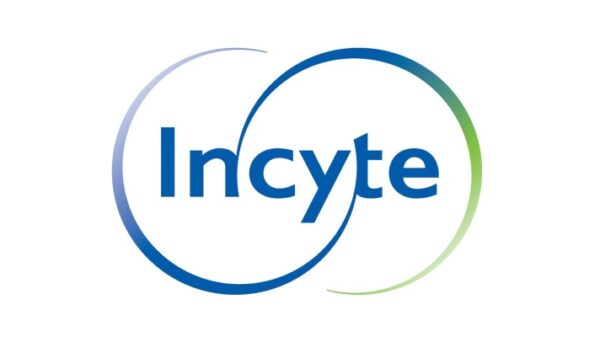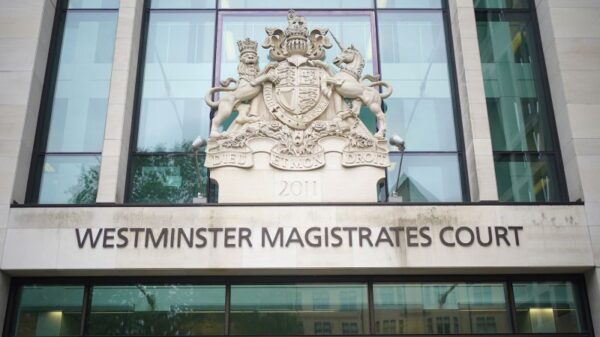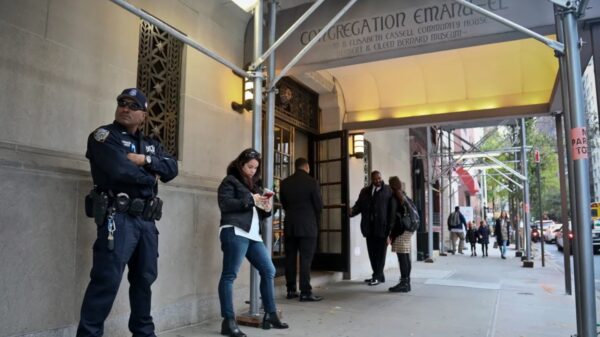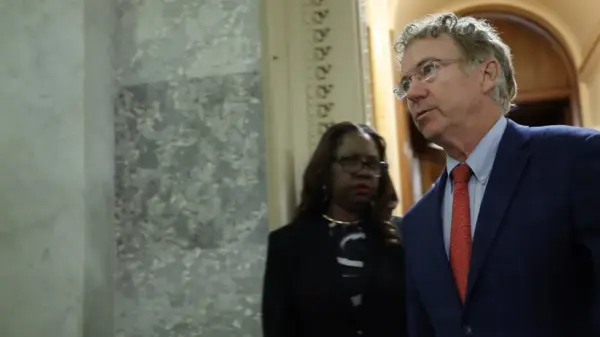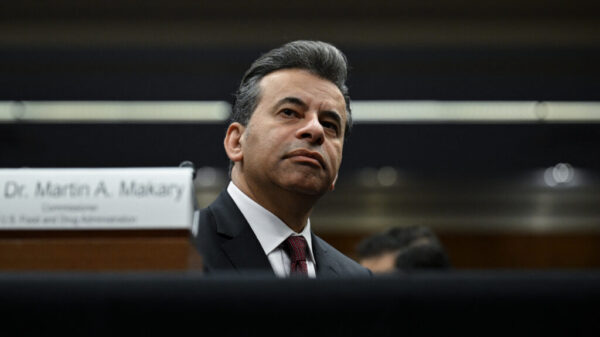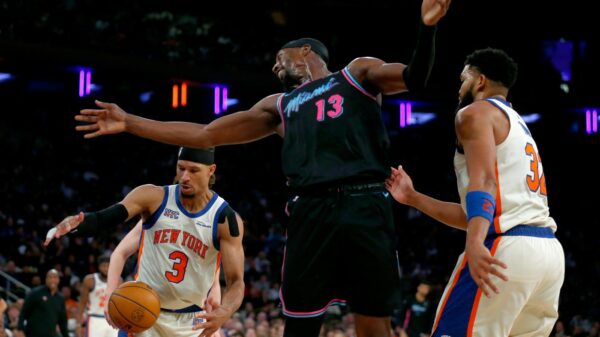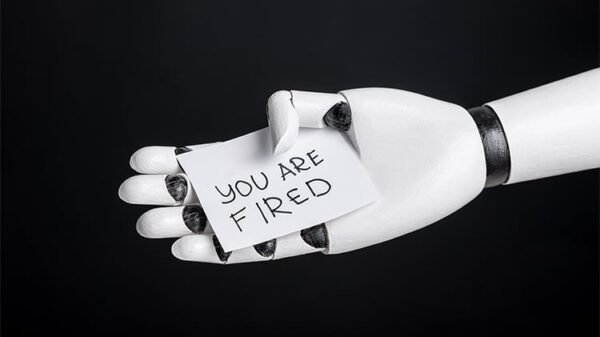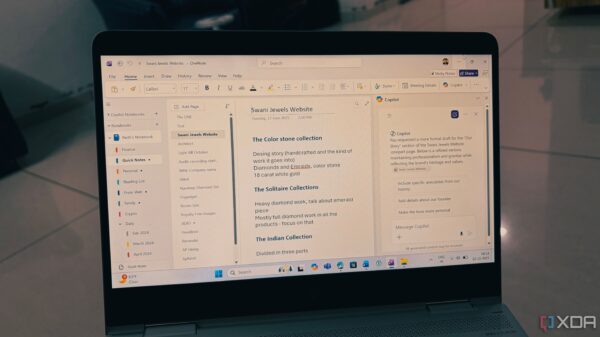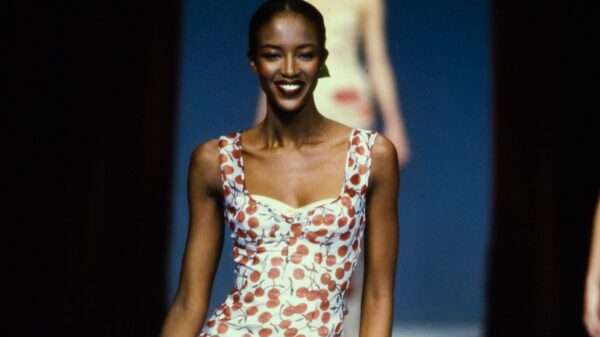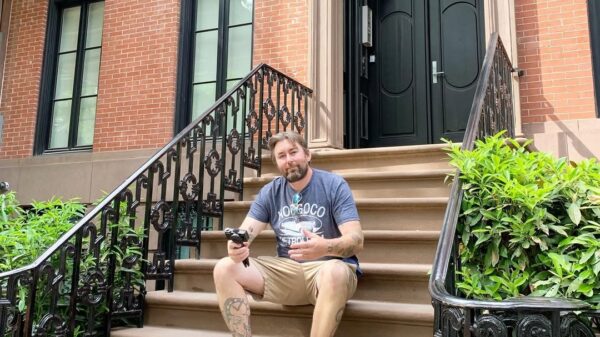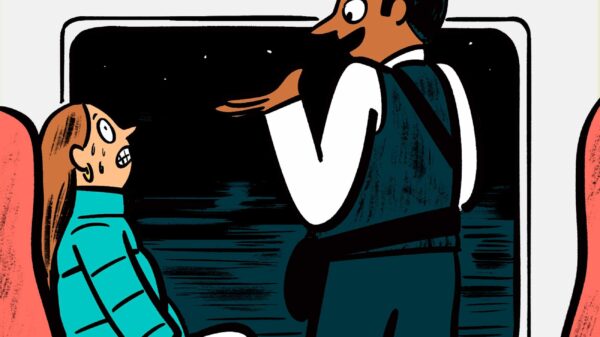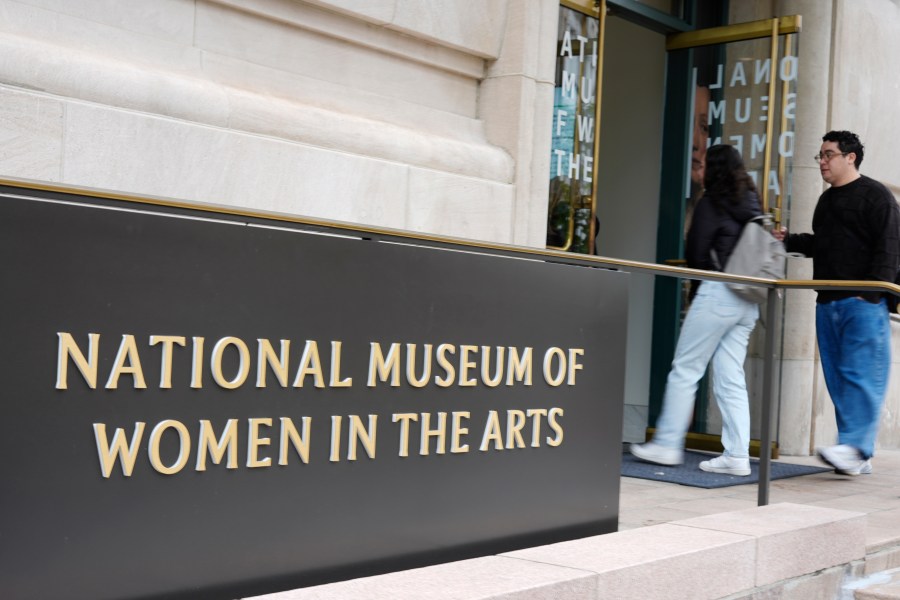A recent jewelry heist at the *Louvre Museum* in Paris has prompted a wave of security reassessments at museums worldwide. The incident, which took place on March 15, 2024, has ignited urgent conversations among museum officials regarding how to protect valuable art without compromising visitor experience. Doug Beaver, a security specialist at the *National Museum of Women in the Arts*, noted that discussions began immediately after the theft. “We reviewed the incident and developed a game plan quickly,” Beaver said, highlighting the swift response from institutions, including the *Smithsonian* and the *National Gallery of Art*.
Museums globally are grappling with a significant question: “Could that happen here?” As they analyze security measures, many recognize the delicate balance between safeguarding art and maintaining an inviting atmosphere for visitors. Beaver emphasized, “The biggest thing in museums is the visitor experience. We want visitors to come back. We don’t want them to feel as though they’re in a fortress or a restrictive environment.”
The *Louvre*, which was historically a royal palace, has faced criticism for its security shortcomings. Laurence des Cars, the museum’s director, referred to the incident as “a terrible failure” in security protocols. French police have acknowledged significant gaps, with *Paris Police Chief* Patrice Faure revealing that outdated systems left the museum vulnerable.
In a letter published in *Le Monde*, 57 museums from around the world expressed solidarity with the Louvre. The letter stated, “Museums are places of transmission and wonder…Their essence lies in their openness and accessibility.” This sentiment underscores the challenge faced by institutions that wish to protect their collections while remaining approachable to the public.
Many museums declined to comment on the incident, mindful of the sensitivity surrounding the *Louvre* heist. However, experts like *François Chatillon*, France’s chief architect of historical monuments, noted the difficulties inherent in securing historic buildings. “We must find solutions, but not in a hasty manner,” Chatillon remarked. “We’re not going to put armored doors and windows everywhere because there was this burglary.”
Increasingly, museum security measures are shifting focus towards different threats. Nicholas O’Donnell, a global art law expert, pointed out that recent security strategies have concentrated on protecting artwork from vandalism rather than theft. He stated, “You’re always fighting the last war in security,” reflecting the evolving nature of risks facing museums. O’Donnell also mentioned that the initial reaction of *Louvre* security staff was focused on ensuring visitor safety amid potential violence.
Despite these challenges, the quest for a balance between security and enjoyment remains paramount. O’Donnell observed that the experience of viewing art has become less satisfying for visitors. “Look at the *Mona Lisa*. It’s not a terribly satisfying experience anymore,” he said, referring to the protective measures that hinder close interaction with the artwork.
The *Prussian Cultural Heritage Foundation*, which oversees *Berlin’s* state museums, has already begun evaluating their security architecture in light of the *Louvre* incident. They emphasized the need for international cooperation and greater investment in technology and personnel to bolster museum security.
Beaver predicts that the Paris heist will catalyze museums to adopt new practices, particularly in managing access for construction teams. The *Louvre* thieves disguised themselves as workers, wearing bright yellow vests. “Our goal isn’t to eliminate risk; it’s to manage it intelligently,” Beaver explained.
Security measures have indeed tightened, as Robert Carotenuto, a former security officer at the *Metropolitan Museum of Art*, observed. He noted that screening protocols have become more rigorous, especially to deter protests. Yet, Carotenuto cautioned that focusing solely on one type of risk may leave other vulnerabilities exposed.
Patrick Bringley, a former security guard at the *Met*, reflected on the impact of security measures on the museum experience. He stated, “Museums are wonderful because they are accessible…That’s really special.” The *Louvre* heist, he noted, complicates this accessibility. “Art should be inviting,” Bringley said, adding that increased security measures can diminish the welcoming ambiance that museums strive to create.
As museums worldwide reevaluate their security protocols, the overarching challenge remains clear: striking a balance between safeguarding invaluable art and ensuring that these cultural spaces remain inviting and open to all.


